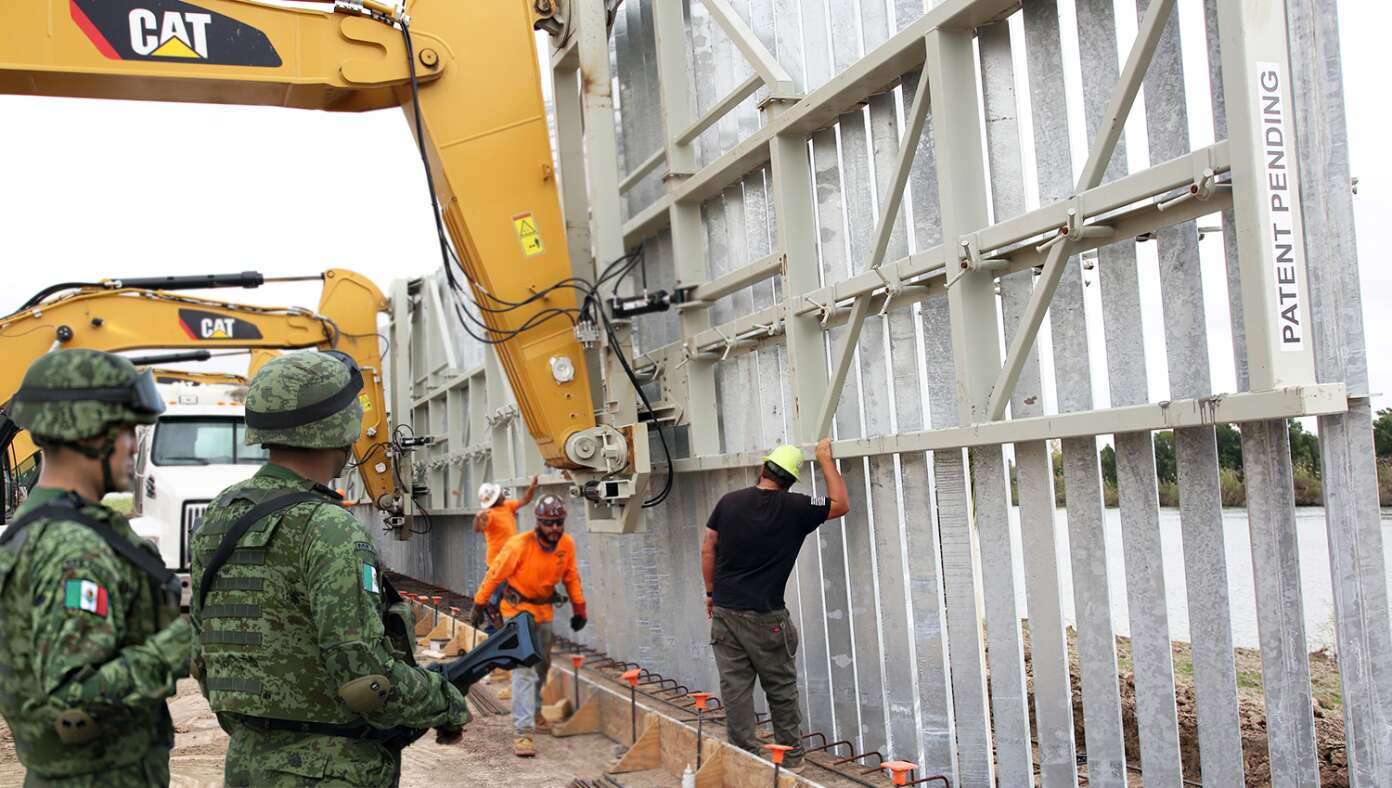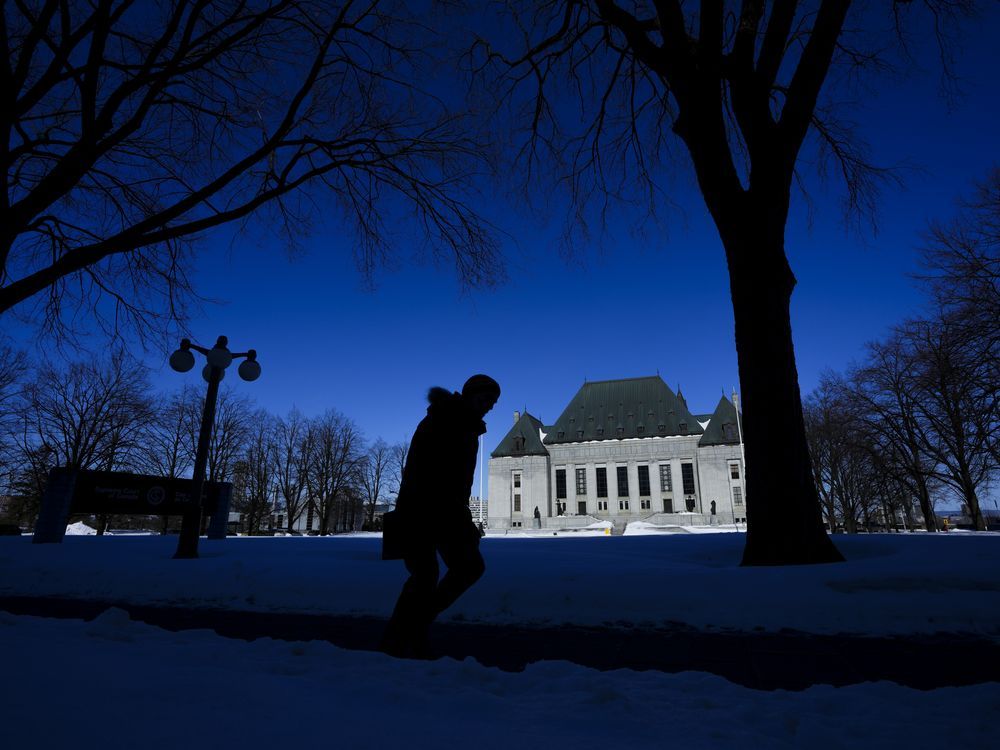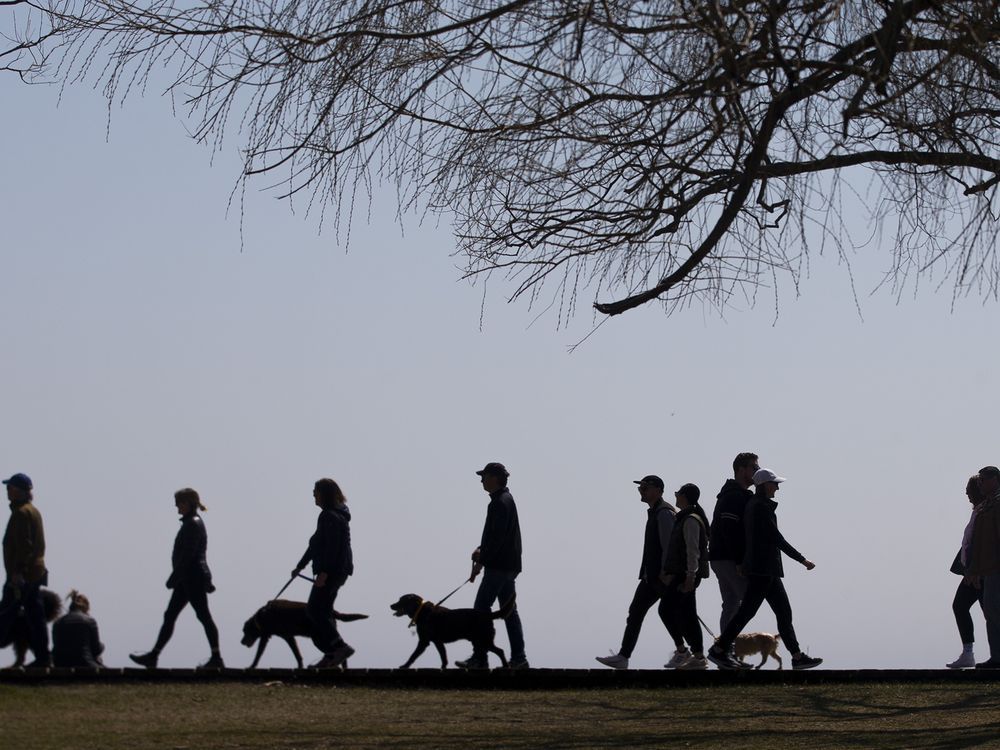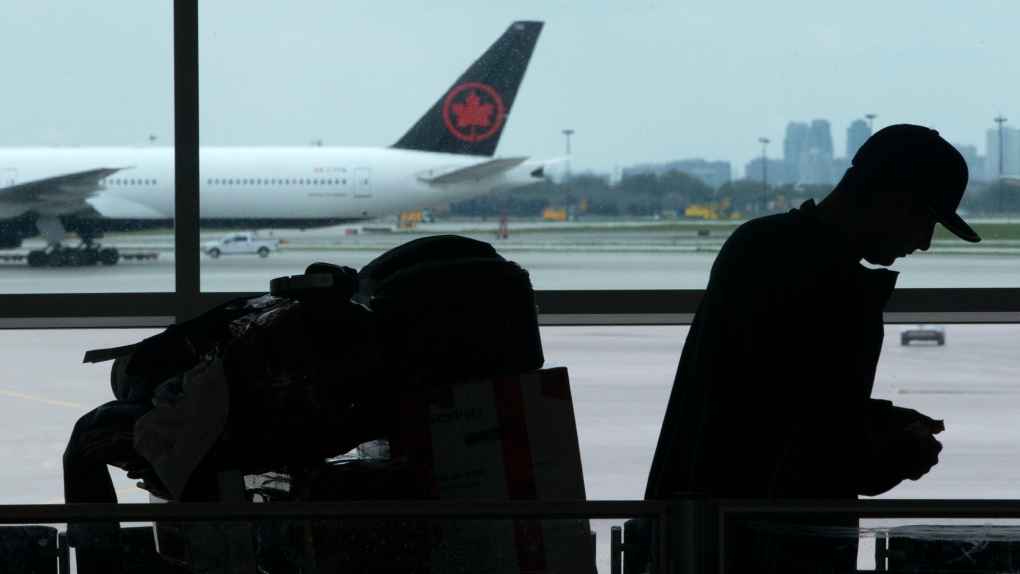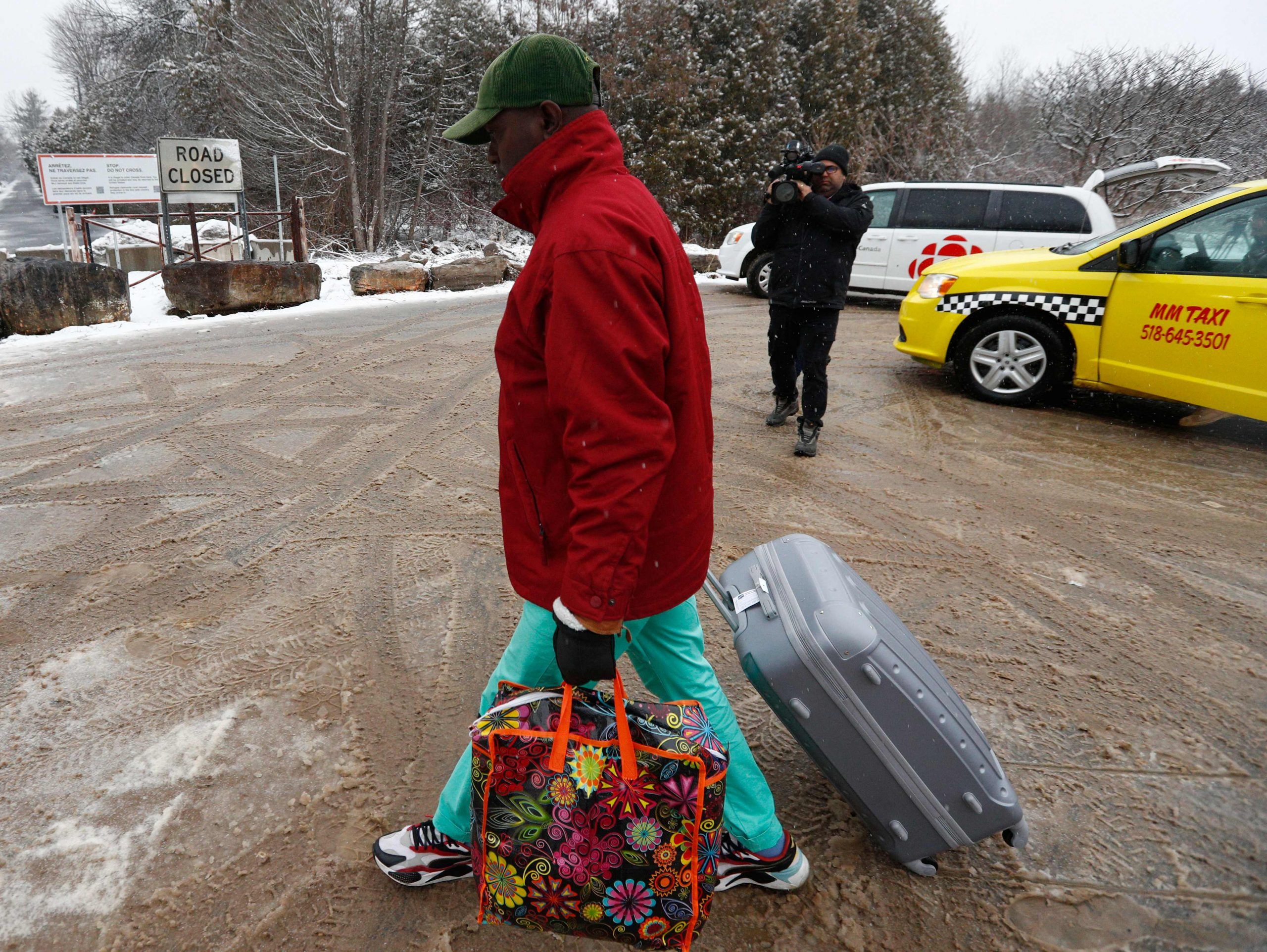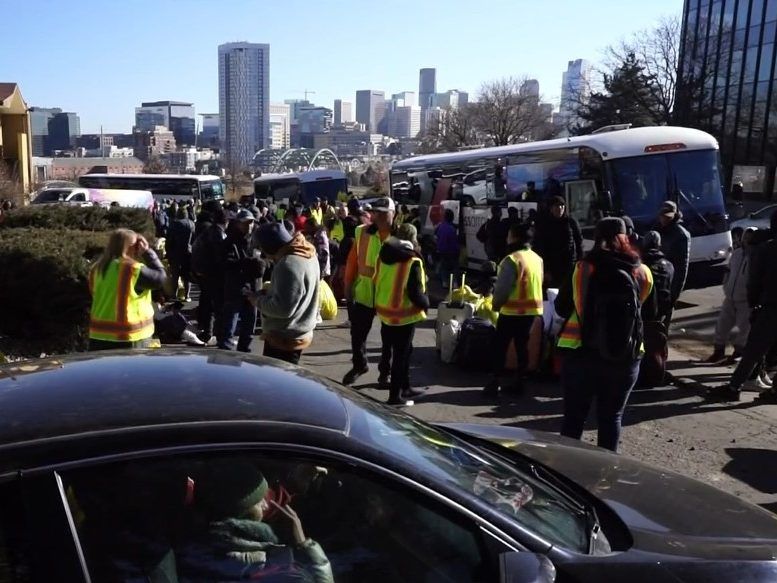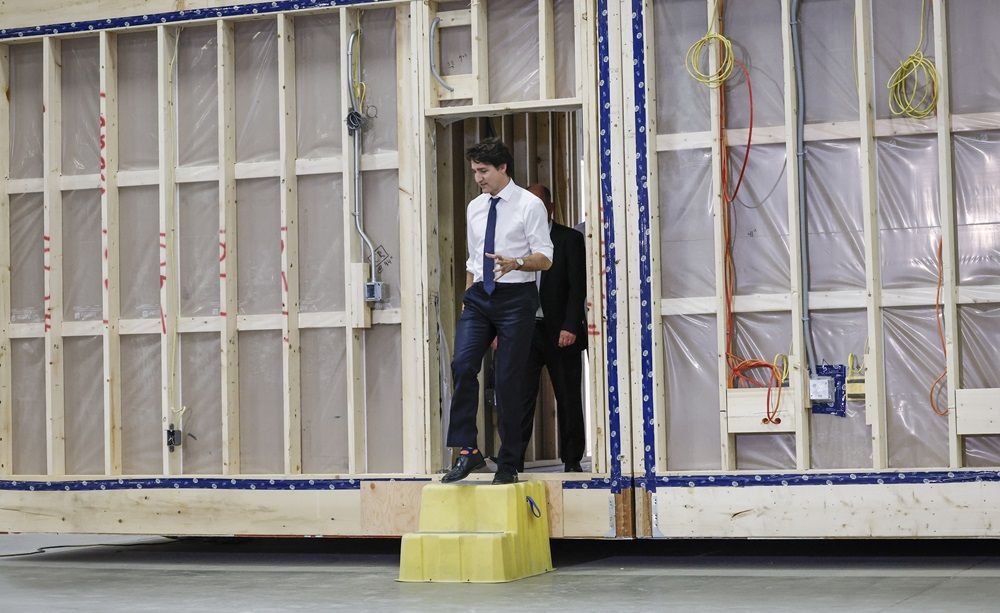Mexico Begins Constructing Wall To Keep Illegal Immigrants From Coming Back
Mar 20, 2024
PIEDRAS NEGRAS — As the debate in the United States continued to rage over the ongoing migrant crisis along the southern border, Mexico announced plans to begin construction on a wall to keep illegal immigrants from coming back.
The idea to build a wall along its northern border, which Mexican leaders said they came up with all by themselves, will prevent unvetted and unidentified migrants from entering the country, thereby making Mexico a safer, more secure nation.
"It's going to be a big, beautiful wall," said Mexican President Andrés Manuel López Obrador. "We're going to build a wall and we're going to make the United States pay for it. If the U.S. thinks they can just send endless waves of Mexican gang members, criminals, rapists, and murderers into Mexico, they've got another thing coming. A nation without borders is not a nation. We've got to build a wall and make Mexico great again!"
Though U.S. officials had asked Mexico to take back deported migrants in hopes of easing the burden of border towns and other cities that have become overrun after months of overwhelming immigrant surges, Obrador took a hardline stance. "We don't know who they're sending here," he said. "We can't afford to let huge mobs of Mexicans flow into Mexico unchecked. It's too dangerous. Build the wall!"
At publishing time, construction on the border wall had already commenced, with President Obrador being hailed as a genius and praised for his dedication to protecting Mexico from foreign invasion.
Mar 20, 2024
PIEDRAS NEGRAS — As the debate in the United States continued to rage over the ongoing migrant crisis along the southern border, Mexico announced plans to begin construction on a wall to keep illegal immigrants from coming back.
The idea to build a wall along its northern border, which Mexican leaders said they came up with all by themselves, will prevent unvetted and unidentified migrants from entering the country, thereby making Mexico a safer, more secure nation.
"It's going to be a big, beautiful wall," said Mexican President Andrés Manuel López Obrador. "We're going to build a wall and we're going to make the United States pay for it. If the U.S. thinks they can just send endless waves of Mexican gang members, criminals, rapists, and murderers into Mexico, they've got another thing coming. A nation without borders is not a nation. We've got to build a wall and make Mexico great again!"
Though U.S. officials had asked Mexico to take back deported migrants in hopes of easing the burden of border towns and other cities that have become overrun after months of overwhelming immigrant surges, Obrador took a hardline stance. "We don't know who they're sending here," he said. "We can't afford to let huge mobs of Mexicans flow into Mexico unchecked. It's too dangerous. Build the wall!"
At publishing time, construction on the border wall had already commenced, with President Obrador being hailed as a genius and praised for his dedication to protecting Mexico from foreign invasion.
